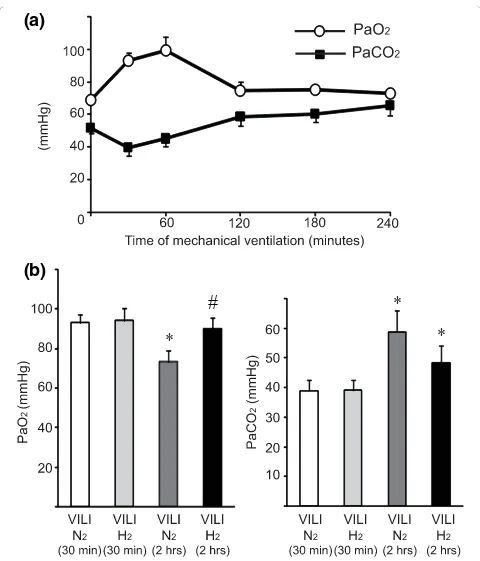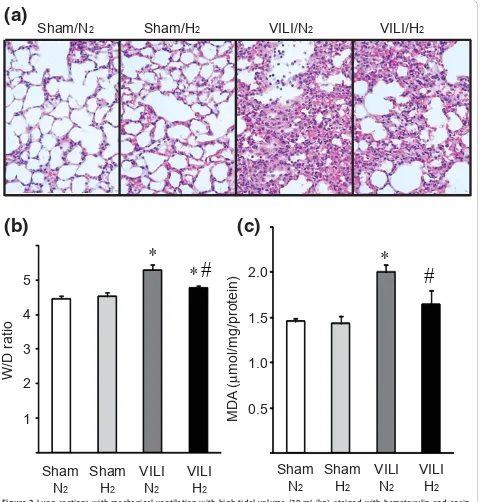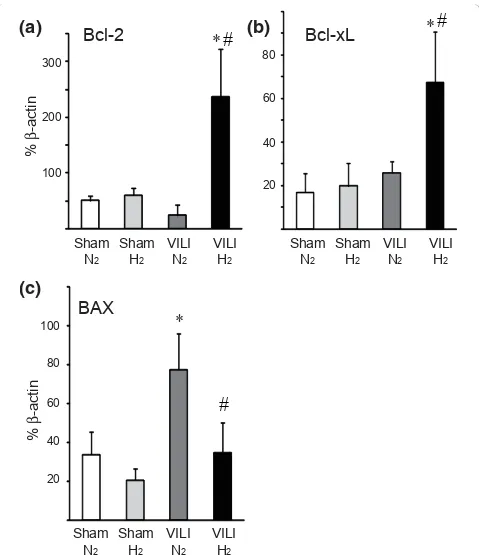Hydrogen inhalation ameliorates ventilator induced lung injury
Full text
Figure




Related documents
The importance of examining the contexts in which youth activity occurs has been documented elsewhere [7] and provides substance to the exploration of player development contexts
In the same vein, in terms of implementing the health promoting prison concept, unless the role of prison officers is enhanced through more thorough education, better continuing
The regression coefficient value of Levetiracetam in glacial acetic acid was found to be 0.99978.The accuracy of the method was performed by recovery studies.The
In general, the results clearly describe that the implementation of sister holes in certain geometrical arrangements provide significant increases in the film
Dr Veldman developed the treatment plan, performed the treatment and monitoring, and co-wrote the manuscript; Dr Santamaria-Araujo developed cPMP production and purification,
To analyse a matrix model of management to optimize the partnerships, collaboration and interaction between vertical management structures (services and geographical
In the left column, data from powered trials with direct proportional myoelectric control (PM, red) for net torque (N-m/kg) (top) generated by knee joint artificial muscles and



